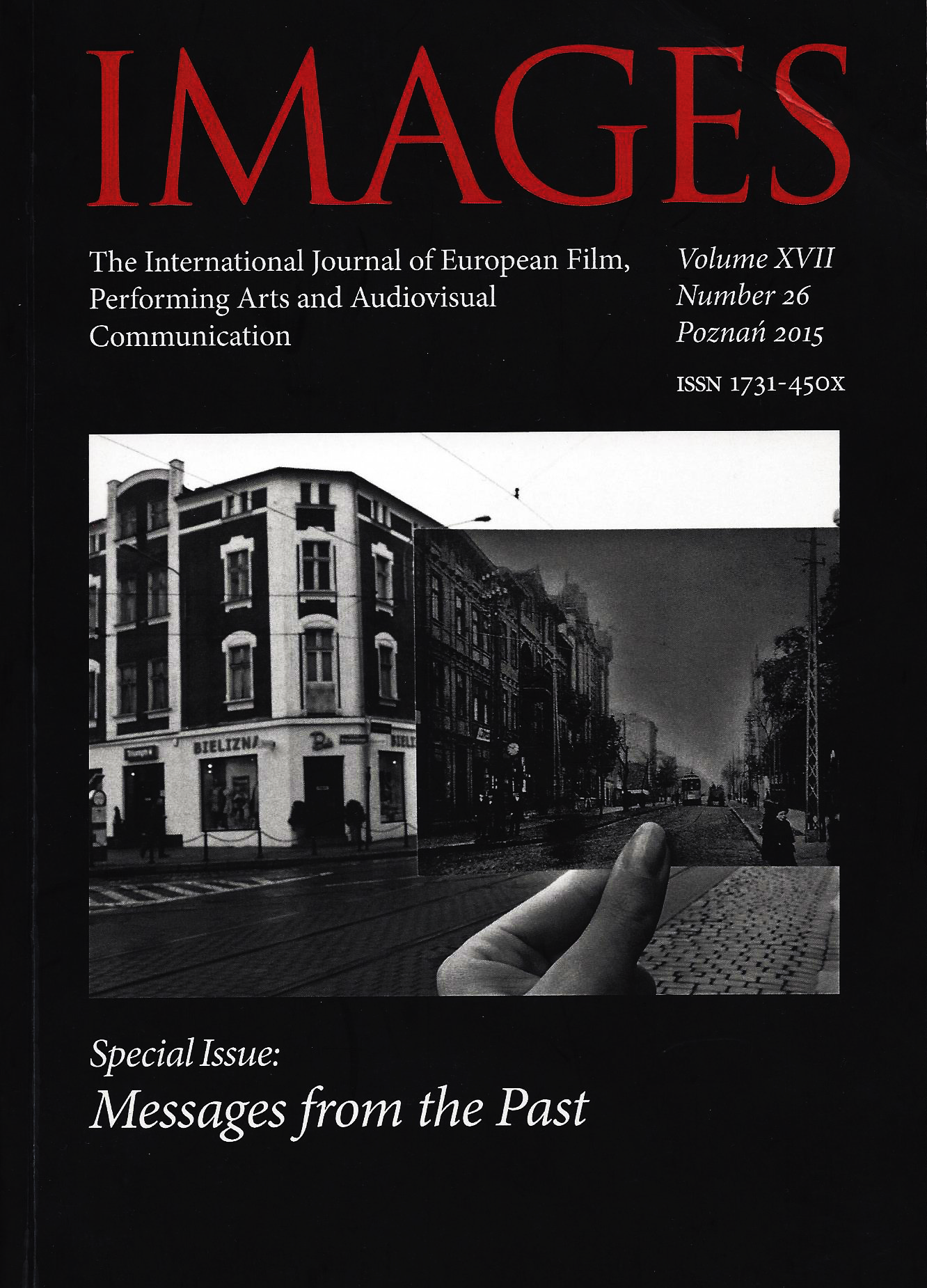„I will survive” – reprezentacja Holocaustu w sztuce współczesnej
"I will survive" - a representation of the Holocaust in contemporary art
Author(s): Magdalena Maciudzińska-KamczyckaSubject(s): History of the Holocaust, Film / Cinema / Cinematography, Sociology of Art
Published by: Uniwersytet Adama Mickiewicza
Keywords: Holocaust; (critical) art; memory; public space; Christian Boltanski; Shimon Attie; Rafał Jakubowicz; Rafał Betlejewski;
Summary/Abstract: Jane Korman, a Jewish artist, filmed the video „Dancing Auschwitz” on a trip to former concentration camps with her three children and her father, Adolek Kohn, who is a Holocaust survivor. The film shows three generations of an Jewish family dancing to the Gloria Gaynor song “I Will Survive” in front of Holocaust land marks in Poland, including infamous rail tracks and “Arbeit Macht Frei” sign and a memorial in Łódź, where Adolek Kohn and his wife spent most of his youth during World War II. This video is a demonstration of the will to survive. Moreover, Korman’film shows other places in Poland like The Main Market Square in Kraków, a Polish synagogue or one of the bus station from eastern Poland. These places may represent the sites and the traces of the History in the contemporary Polish reality which has been radically transformed after Auschwitz. Memories are a way to remain connected to the past. The great power of the images, the clichés of the unimaginable trauma of the Holocaust, is still in our imagination and in the landscape of Polish cities. In my presentation I will not only try to explain the above-mentioned case but I will focus also on some others examples of the idea. One of the Polish projects that bring about associations with the Holocaust and the memory of Nazi camps is „Swimming Pool” („Pływalnia”, 2003) by Rafał Jakubowicz (projection, two videos, postcard). By projecting the Hebrew equivalent of the word „swimming pool” on the wall of the former synagogue (in 1940 the Nazis converted synagogue into a swimming pool for the Wehrmacht), the artist managed to reactivate this place, to revive its memory and transform it into a living monument. In his video, entitled „Swimming Pool”(13 min.), Jakubowicz is showing the interior of the building that provokes the associations with the concentration camps.
Journal: Images. The International Journal of European Film, Performing Arts and Audiovisual Communication
- Issue Year: 9/2011
- Issue No: 17-18
- Page Range: 83-105
- Page Count: 24
- Language: Polish

